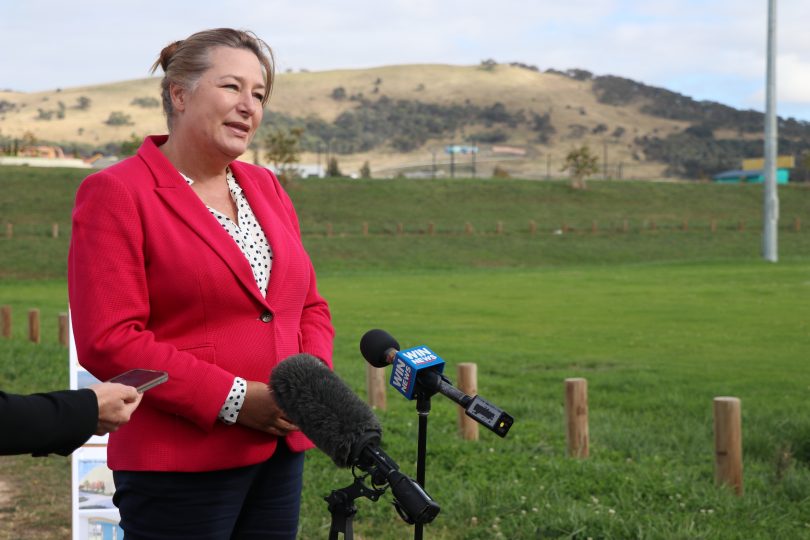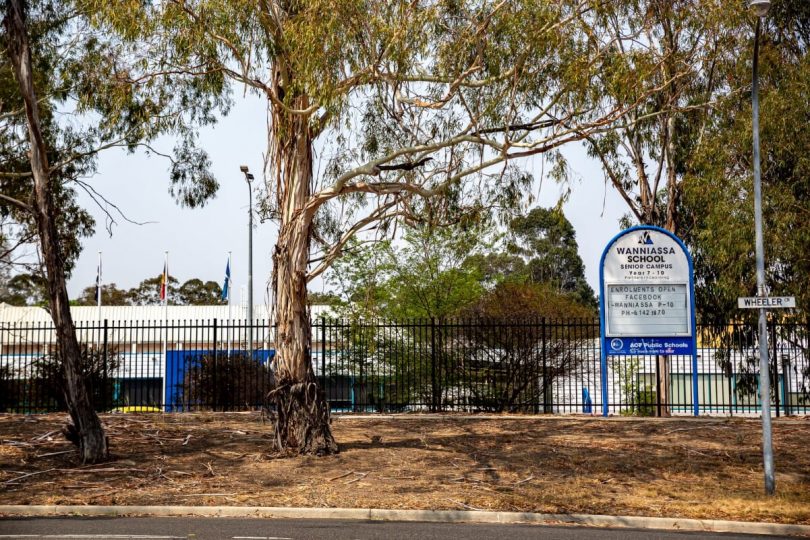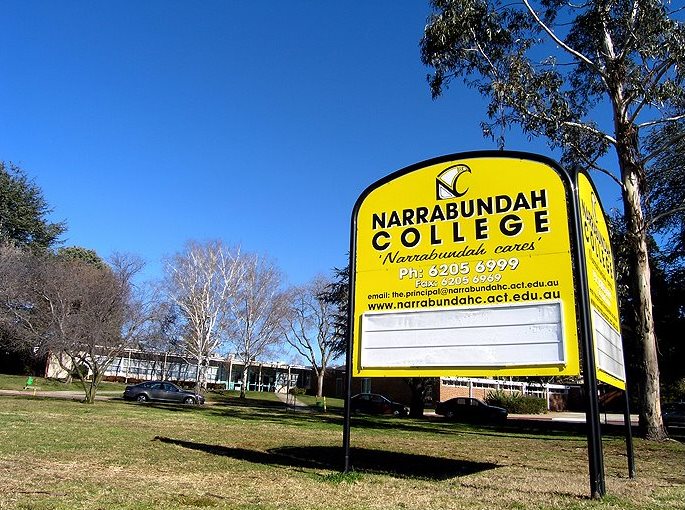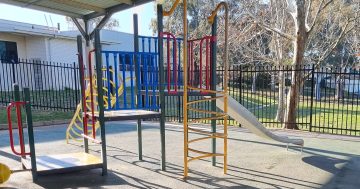
Minister for Education Yvette Berry was forced to defend school capacity calculations at new schools in Gungahlin’s north earlier this year. Photo: ACT Government.
After almost a decade of sustained enrolment growth of around 2 per cent a year, enrolments in ACT schools grew by only 0.4 per cent in the last year to 82,175, the latest Schools Census showed.
In a continuing trend, schools in Tuggeranong continued to be under-subscribed while enrolments were strong in Canberra’s north, pushing some schools near capacity.
The slower-than-usual growth was likely driven by a record fall in enrolments at ACT pre-schools where 8 per cent, or 490, fewer students were enrolled in February 2022 compared to 2021.
Education authorities have attributed this decline to several factors, including some parents choosing not to enrol their children in non-compulsory preschool because of the impacts of the pandemic. These included high case numbers in early 2022, changed work arrangements and the lack of COVID-19 vaccination eligibility for children under five.
The Australian Bureau of Statistics (ABS) also estimated there were 300 fewer three-year-old children in the ACT in June 2021 compared to June 2020.
According to the ABS, there has also been a change in the annual rate of growth in the number of school-aged children from around 2 per cent to less than 1 per cent between June 2020 and June 2021.
Though 62.2 per cent of all students were enrolled in a public school, enrolments fell by 0.1 per cent, or 64 students, from last year. This compares to a 1.8 per cent increase of 881 students between 2020 and 2021.
Over the same period, enrolments in independent schools grew by 1.6 per cent or 251 students, and enrolments in Catholic systemic schools increased by 0.8 per cent or 115 students.
The number of Aboriginal and Torres Strait Islander students enrolled in ACT schools grew by 2.6 per cent over the year from 2728 students to 2800.

Wanniassa School was operating at 56 per cent capacity. Photo: File.
The booming North Canberra and Gungahlin area continued to account for the most significant proportion of primary school (31.3 per cent) and high school student enrolments (31.2 per cent).
Of primary school students, 26.1 per cent attended schools in the South/Weston network, 25.4 per cent attended schools in Belconnen and 17.2 per cent in Tuggeranong.
In the North/Gungahlin network, Ngunnawal Primary School was operating at 89 per cent capacity with 745 students enrolled and Palmerston District Primary School was running at 83 per cent capacity.*
Margaret Hendry School, which is already going through an expansion process, despite having been built only four years ago, was running at 81 per cent. Throsby School, which only opened in January, was operating at 27 per cent capacity.
Earlier this year, Minister for Education Yvette Berry defended the ACT Government’s forward planning for schools in the rapidly growing Gungahlin region, given several newly built schools already require expansion.
She said priority enrolment areas would and could be adjusted to cope with demand, particularly for high school students.
Kenny High School, which was meant to open in 2023, has been delayed until 2025, and the high school to be built alongside Margaret Hendry School in Taylor will not be ready to take the primary school’s first cohort of finished year six students. Those students will have to attend Amaroo or Gold Creek schools while it is completed.
A number of schools in the Belconnen network were also close to full: Hawker Primary School was operating at 96 per cent of capacity, Fraser Primary School at more than 92 per cent and Aranda School was at 87 per cent.
Nine Belconnen primary schools were operating above 80 per cent capacity.
In Tuggeranong, the majority of schools were operating well below capacity.
Wanniassa School (K-10) with its 935-student capacity had 492 students enrolled (53 per cent), and Namadgi School (K-10) was operating at 53 per cent of its 1218 total student capacity.
Caroline Chisholm School, another K-10 school, was operating at 52 per cent capacity.
Gilmore Primary School was operating at 39 per cent capacity, Richardson at 42 per cent, Fadden at 57 per cent, and both Theodore and Wanniassa Hills at around 59 per cent.

Narrabundah College was operating at 87 per cent of capacity. Photo: File.
The South/Weston network, which houses the popular Narrabundah and Canberra Colleges, accounted for the highest proportion of college enrolments at 32.3 per cent, followed by the North/Gungahlin network at 28.9 per cent of student enrolments, then Belconnen at 21.8 per cent and Tuggeranong at 17 per cent.
Narrabundah College was operating at 87 per cent of its 1102 student capacity, while Canberra College was sitting at almost 97 per cent capacity with 1069 students enrolled.
In comparison, of the two colleges in Tuggeranong, Erindale was running well below its threshold at 58 per cent of its 955 student capacity, and Lake Tuggeranong was sitting at 62 per cent; 349 students below capacity.
*An earlier version of this story incorrectly calculated school capacity including pre-school enrolments. Calculations have been updated.
Original Article published by Lottie Twyford on Riotact.





